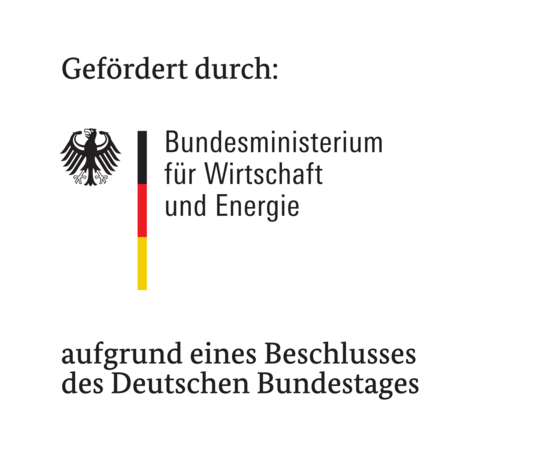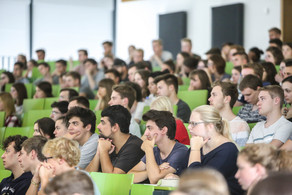TaMIS
The central challenge of the TaMIS (dam measuring information system) project is the reliable and real-time prediction of potential natural hazards caused by cascading effects in the vicinity of dams using the continuous and comprehensive survey and model-based analysis of associated geographic information.

The TaMIS project extends the state-of-the-art through research on a highly innovative sensor technology based on underground sensor networks, a comprehensive communication architecture allowing the direct transmission of information via standardized interfaces and development of a detailed forecasting model for differentiated risk analysis, while leveraging existing measurement equipment. The well-balanced consortium consists of the dam operator Wupperverband, the SME TerraTransfer GmbH, the research organization 52°North GmbH and the Dortmund Technical University and is characterized by direct communication channels and strong experience in the conduct of research projects.
Project duration: 01.06.2015 - 30.11.2017
Natural hazards and natural disasters with a great potential for damage typically occur suddenly and are relatively unlikely. With the increasing occurrence probability of some natural hazards caused by climate change, the need for technical measurement systems to early detect the potential for damage is rising.
The TaMIS project focuses explicitly on dams, as these man-made structures are subject to direct natural exposure. Beyond that, as a large-scale facility, they have a significant potential for damage. This fact is addressed by the DIN 19700 - 2004, in which the management of residual risk, in addition to proper dimensioning of facilities, is explicitly required. Potential damages associated with dams usually stem from the failure of the structure due to overtopping, seepage water flow, and deformation. As part of a risk landscape that is constantly changing due to climatic changes and human impacts (urbanization), dam (systems) require continuous monitoring with various observations. These measures need to be quantitatively combined in order to extract maximum information.
Further information:
This project has been funded by the German Ministry of Education and Research (BMBF) (03G0854A).

News
Publications
The Radio Field as a Sensor - a Segmentation Based Soil Moisture Sensing Approach
F. Liedmann, C. Holewa, C. Wietfeld,
In 2018 IEEE Sensors Applications Symposium, Seoul, Korea, March 2018.
SoMoS - a Multidimensional Radio Field Based Soil Moisture Sensing System
F. Liedmann, C. Wietfeld,
In IEEE Sensors, Glasgow, Scotland, UK, October 2017.
Local interference compensation (LOCATe) for GNSS-based Lane-Specific Positioning of Vehicles
B. Niehöfer, F. Schweikowski, C. Wietfeld,
In IEEE Vehicular Technology Conference (VTC-Spring), Nanjing, China, May 2016.





